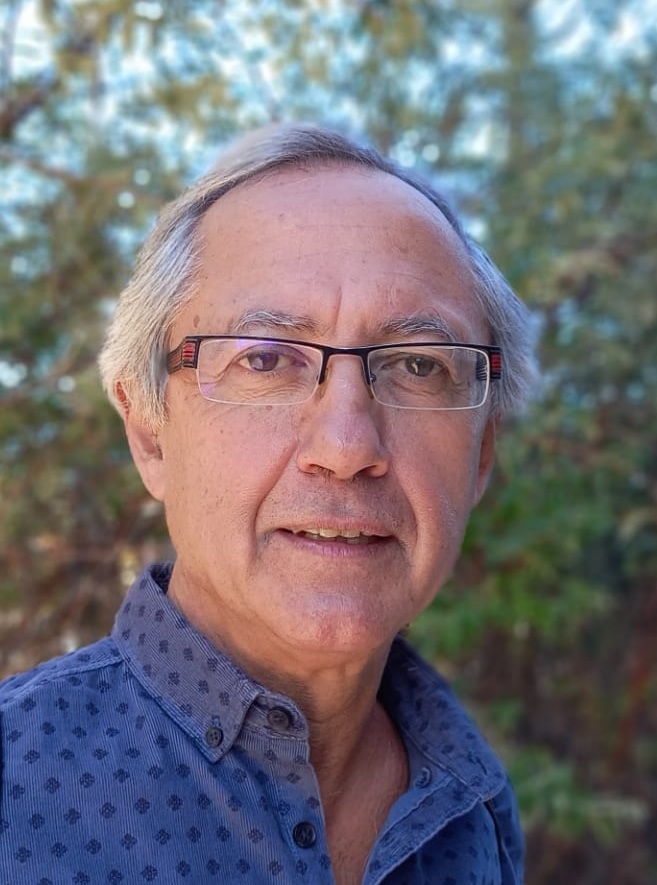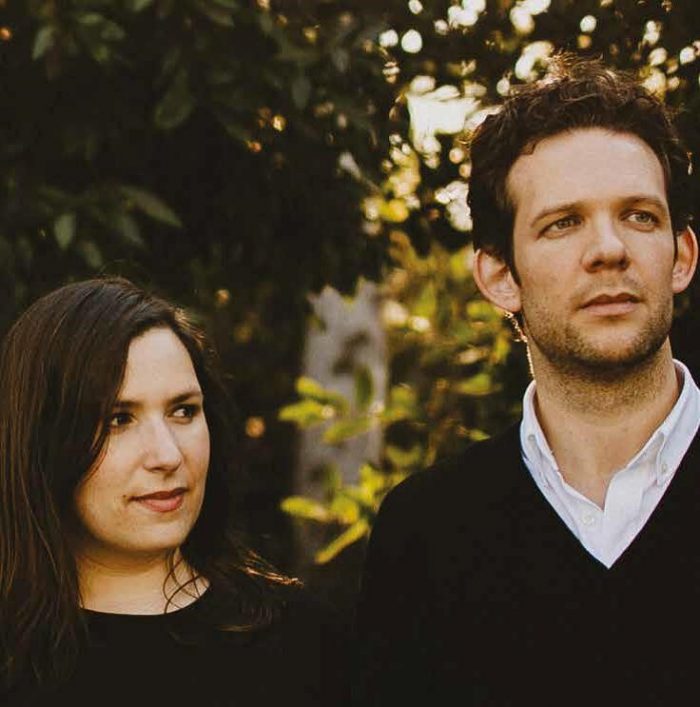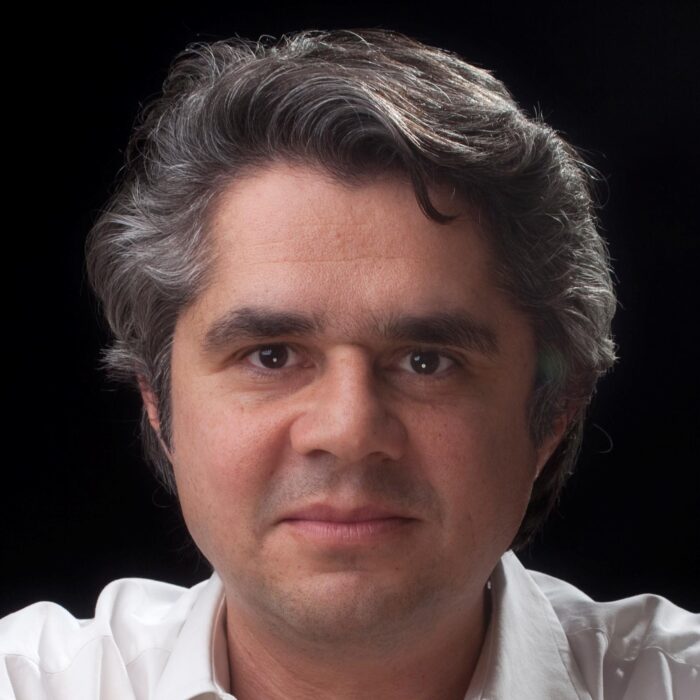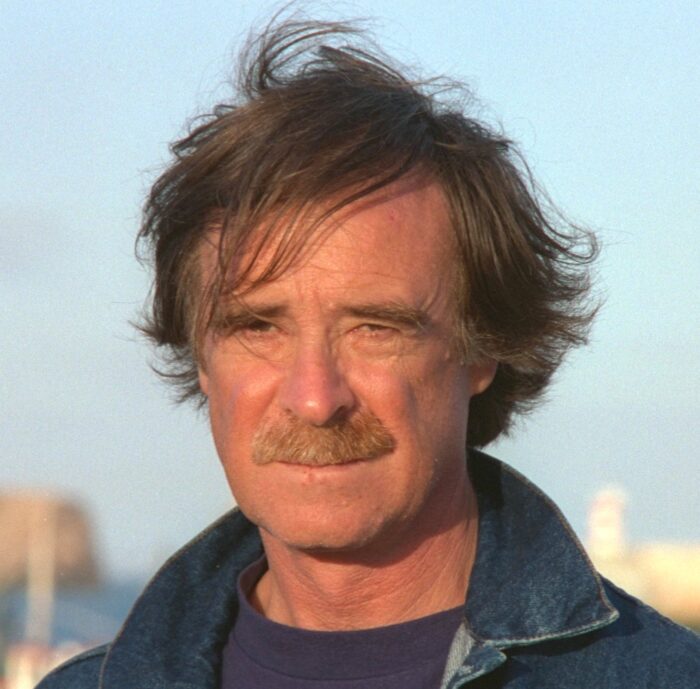A conversation with Arch. Luís Cabral

A conversation with Arch. Luís Cabral
‘Architecture that designs buildings can enclosure an environment without external factors, with lighting and air conditioning. Outside, you need to deeply understand the signs of the landscape. '
Why landscape architecture?
Because landscape architecture has a global universe where local conditions interact with the population that works and manages the landscape. It is a work with a constantly changing reality, which requires adaptation, or rather, constant interaction and understanding of the changes and aspirations of the society in which we live, and the processes with which it acts on the territory, from which I highlight the bigger mobility and the changes in agricultural crops. We tend to approach a territory from the potential and vocations of the landscape, from the valorization of the natural and cultural heritage that we try to use in an intelligent way in order to add quality to our life, beauty where we live, added value to production… I am fascinated by the inexhaustible diversity of subjects, interactions, and work scales. Each site, with its physiographic, ecological characteristics, and the populations that shaped the landscape, creating an identity that, for the better or worst, reflects the response to the form of economic occupation… or its abandonment.
What kind of challenges does this “branch” of architecture pose to architects?
Following your designation, this “branch” confronts professionals with the reality, which I have described, of a landscape that results from the interaction between the natural conditions of the territory and the way society acts on it. If an intervention is in accordance with the environment and its potential, the landscape will be beautiful and prosperous, otherwise it will quickly deteriorate. It is necessary to always look in the medium / long term, and I am not only referring to the growth of plants, but also to the way in which meteorology and other natural phenomena interfere with inert materials. The biggest difference in relation to the vision of those who exercise the architecture that designs buildings is that they can enclose an environment without taking into account external factors; with lighting and air conditioning they can invent a world almost independent of what is going on around them. Outside, it is necessary to know deeply the signs of the landscape, whether visible or not visible, but which are revealed by many signs of the territory. For example, a certain vegetation immediately tells us the type of soil, sometimes the geology and the geographical relief, how deep the water is in the water table, what the rainfall regime is, and how the temperature varies throughout the year. All of these are important indications for choosing design solutions, whether for live or inert materials.
What kind of proposals captivate you the most?
All the new ones! Especially if they are from customers with knowledge and openness to assess the suitability of the program they propose to the landscape. Nothing is more difficult than to persuade a developer that a particular occupation does not fit into the territory, and that the potential of the place provides indications in another direction. In addition, all landscape architecture projects are interventions in the landscape to adapt to new uses, or recoveries to stem some degradation. When challenges are different, difficult and new, there is potentially more to learn. The programs of already studied typologies are easier to do, because we have more experience and we’ve studied how the landscape fits the uses.
What is it that usually conditions you the most in the performance of your activity?
The misunderstanding of the concepts and the lack of openness of some interlocutors, during the evolution of the project and the work. Even the incomprehensible legislative constraints that exist today, namely in noise, mobility, car parking, and others, are sometimes strictly interpreted by entities and with little common sense. The medieval and organic city of Lisbon, all of Covilhã, much of Coimbra, Lamego, Bragança, Amarante and so many other cities, could not exist in the light of a restrictive interpretation of regulations that do not adapt to the reality and national habits.
Do you feel that environmental and sustainable pressures are changing architecture and the way architects work?
There has always been pressure, it has been stronger and it has also been lower. Even legislation is worth what it is. I notice improvement in the mayors, with whom I have been meeting for over 30 years, but there is still “something for everyone”, and they are all human. But, as Daniel Innerarity says, “Politicians do badly what no one does better than them.”
Do you think that your projects took root, as they were thought?
Whenever I have an opportunity, I am used to visiting the projected places, to understand their current state, to see the degradation, to identify aspects that do not work as the materials or badly formulated paths, and to understand if the project had the capacity to adapt itself to the uses that were given years later. The permanence or not of the structuring elements of the space is a crucial aspect that I especially appreciate… For trees, it is only after 5 to 10 years that the places start to look as they were intended. I am particularly pleased to see an estimated and well-maintained place after 10 years, it means that the “population” uses it and likes it. In the public space, the places are not always transformed by real need, there are sometimes fashions or wills of mayors to show their authorship. Still, I think most of the places we design have matured well.
Is there a project that you consider special?
Almost every project has something special. The result is sometimes surprising, due to greater photogenesis, the special commitment of a project owner, a contractor, a foreman, or another set of fortunate factors. I don’t have any special, I have dozens, for different reasons, and even in those there is always something to point out that didn’t go as it should.
This interview is part of the Artes & Letras Magazine # 36, November 2012
Partially automatic translation from portuguese: some expressions may differ from their actual meaning.
News & Interviews
A conversation with Arch. Mário Serrano e Margarida Fonseca
"We try to offer a pragmatic [...] but poetic response. Poetics is superfluous, but also what elevates mere construction to art! We hope to build architecture with a big "A"' Read more
A conversation with Arch. Tiago Silva Dias
‘The profession’s areas of activity have expanded. My generation just wanted to design. Today there are architects working in other areas, which is positive. ’ Read more
A conversation with Arch. António Nunes de Almeida
'I like to think about architecture and to develop projects. (…) For me, the work of architecture is an inhabited sculpture.’ Read more




